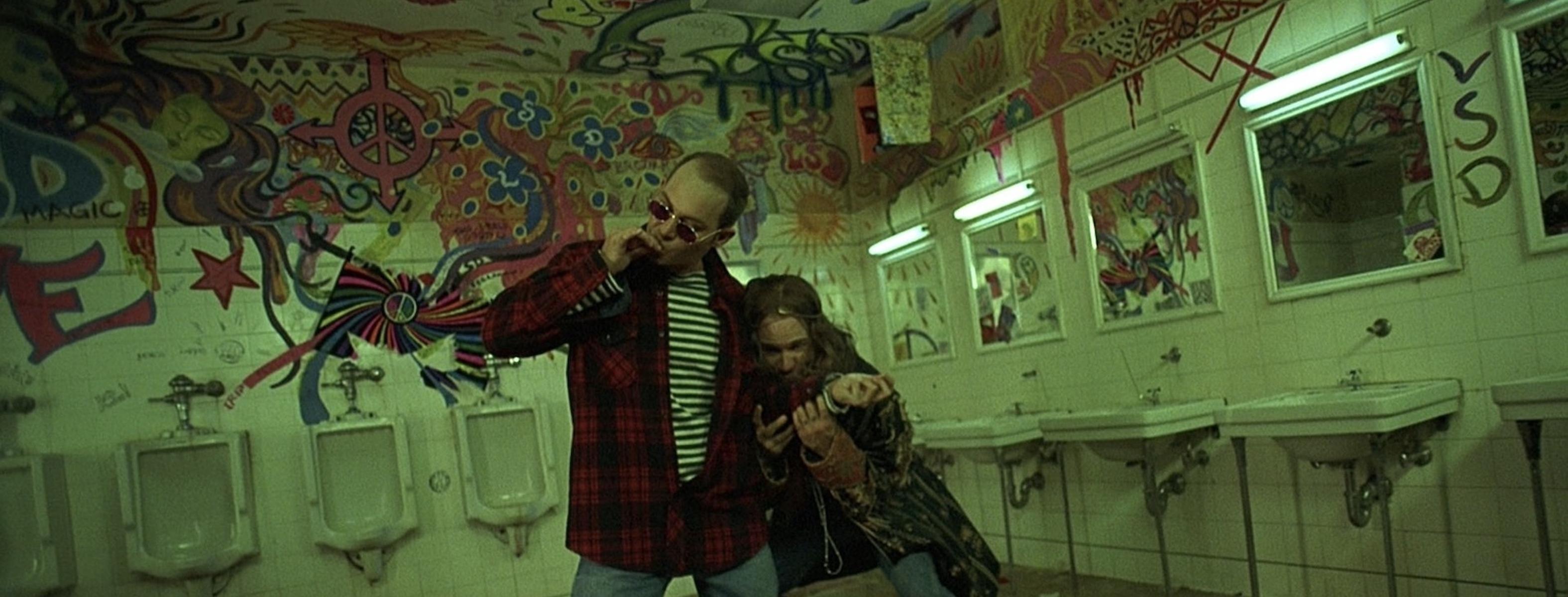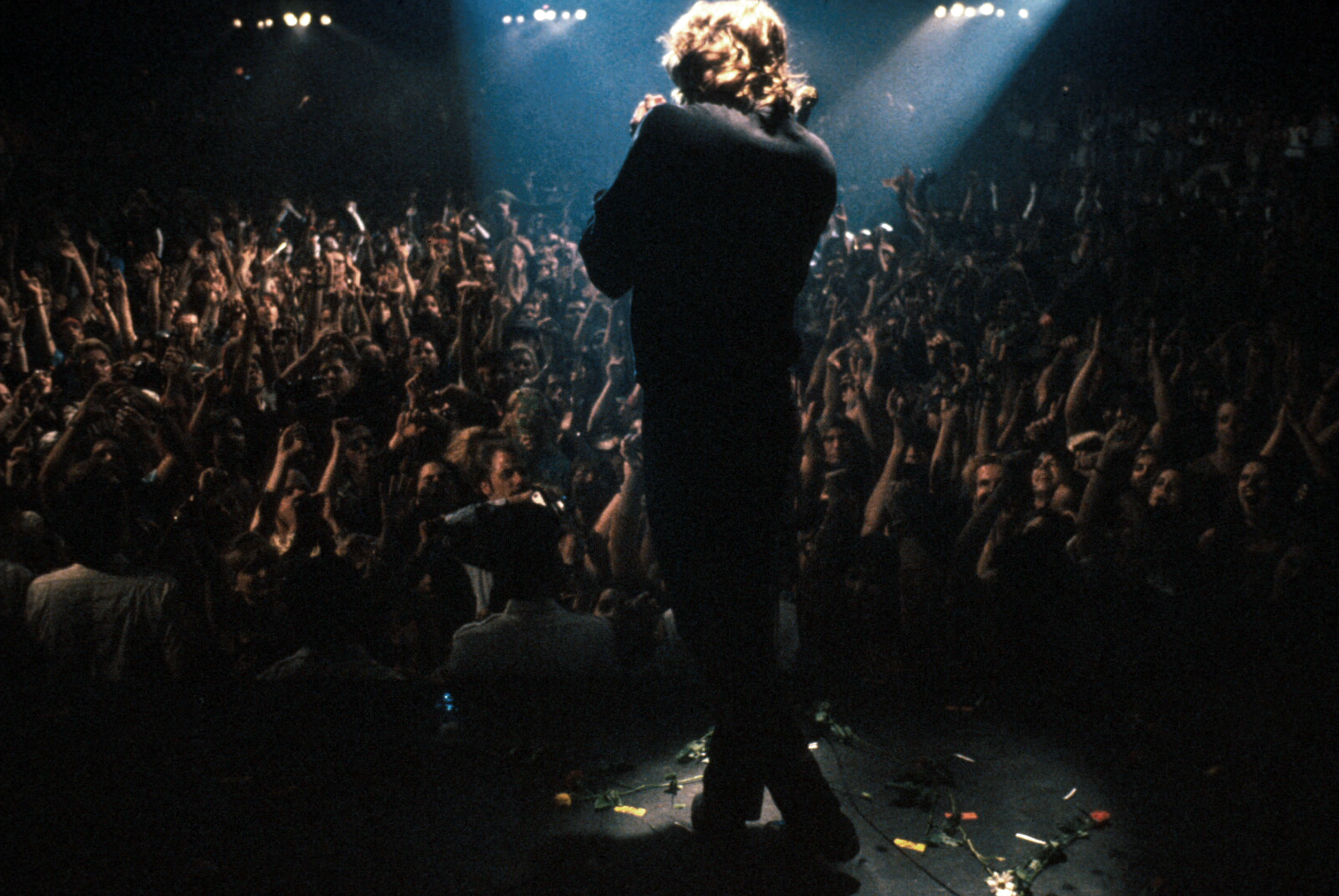- Examples of Diegetic Perspectives:
Extra-Diegetic gaze

In the TV programme ‘Fleabag’, we follow a mid-20s character called Fleabag as she experiences and reacts to the life around her.
Extra-Diegetic shots are used in this programme to immerse the audience with the character fleabag. She often turns around to talk to us and comments wittily on her situation and irony. This has the effect of us empathising too, and even seeing ourselves in Fleabag’s position.
The shot is focused in on Fleabag, but leaves the Priest in the background- showing their relationship and how she talks to us about her issues as they happen.
Intra-Diegetic Gaze

Here is an example of an intra-diegetic gaze in Pulp Fiction, where the audience is put in the perspective of a ‘body in the boot’. This frames the protagonists above the viewer’s perspective and makes them powerful in contrast.
Intra-Diegetic Gazes are used to put viewers in a viewpoint of a character in film.
Diegetic Perspective

This is an example of Diegetic Perspective in Fear and Loathing in Las Vegas. Here we are kept in focus on Hunter S. Thompson, as he focuses on something else- a forced perspective.
Diegetic Perspective forces a point of view for audiences in a film.
2. Examples of Shot Distances



3. Camera Angle Examples



4. Camera Movements



5. Depth of Field
The Depth of field determines what is, and isn’t in shot.
A shallow focus means there are typically less subjects in focus, and only a little movement from a subject is required to be out of focus.
On the other hand a deeper focus means there are typically more subjects in focus, and much more movement is required to be out of focus.

In The Wolf of Wall Street, cinematographer Rodrigo Prieto uses depth of field in this shot to emphasise Jordan Belfort’s success and individuality in contrast to his employees who are out of frame.